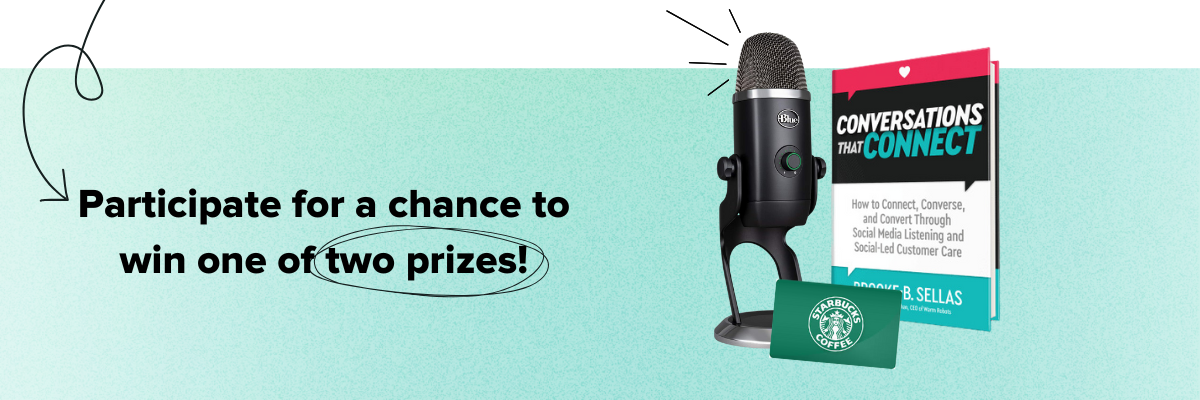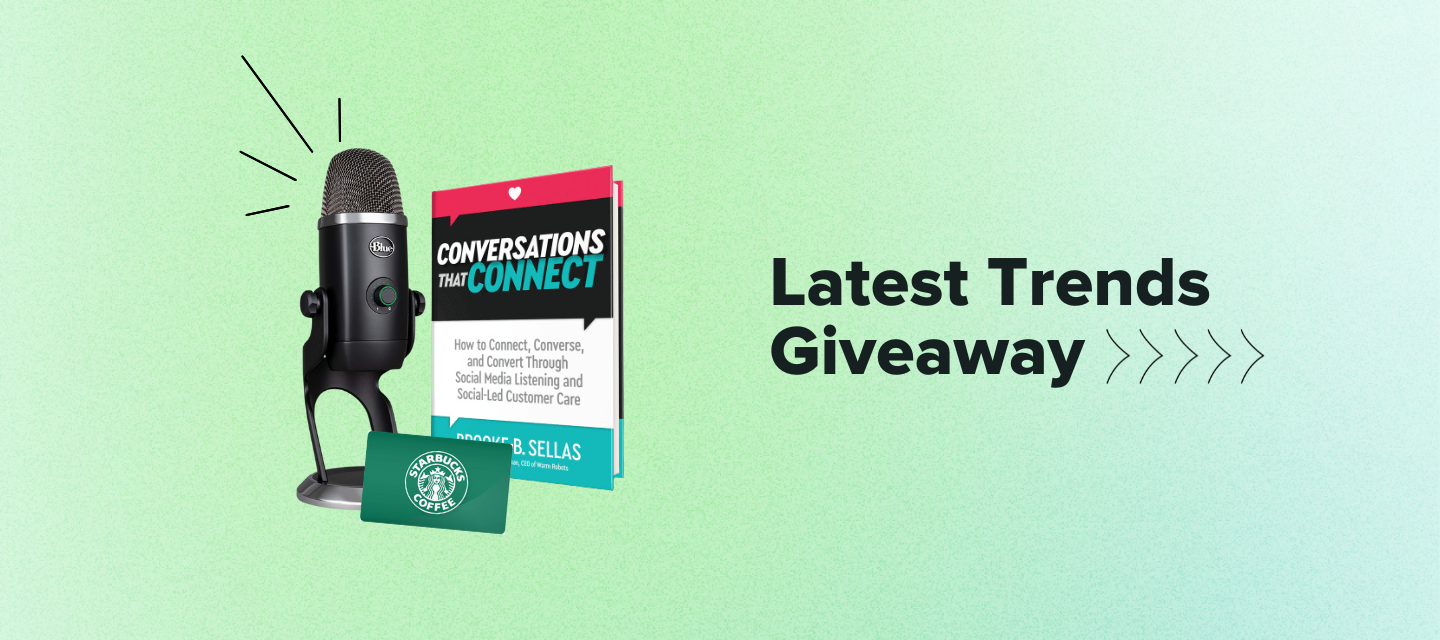Welcome to Day 4 of The 2024 Holiday Giveaway Extravaganza!
Today, we’re diving into one of our favorite topics: social media trends.
What to Do:
Social media trends change rapidly! Reply to this thread with a trend you’re noticing—whether it’s gaining traction or fading away. Then, keep the conversation going by posting a follow-up question for others to weigh in. Let’s spark an insightful discussion and share ideas!
Today’s Prizes:
Two participants will win a Blue Yeti Microphone, Conversations That Connect book and $50 Starbucks Gift Card—perfect for brainstorming and sharing your brilliant ideas! 🎁

Join the conversation, share your thoughts, and help us explore what’s shaping our industry. Let’s make Day 4 full of fresh insights and meaningful discussions!




